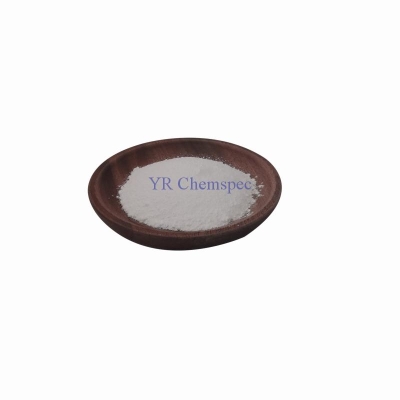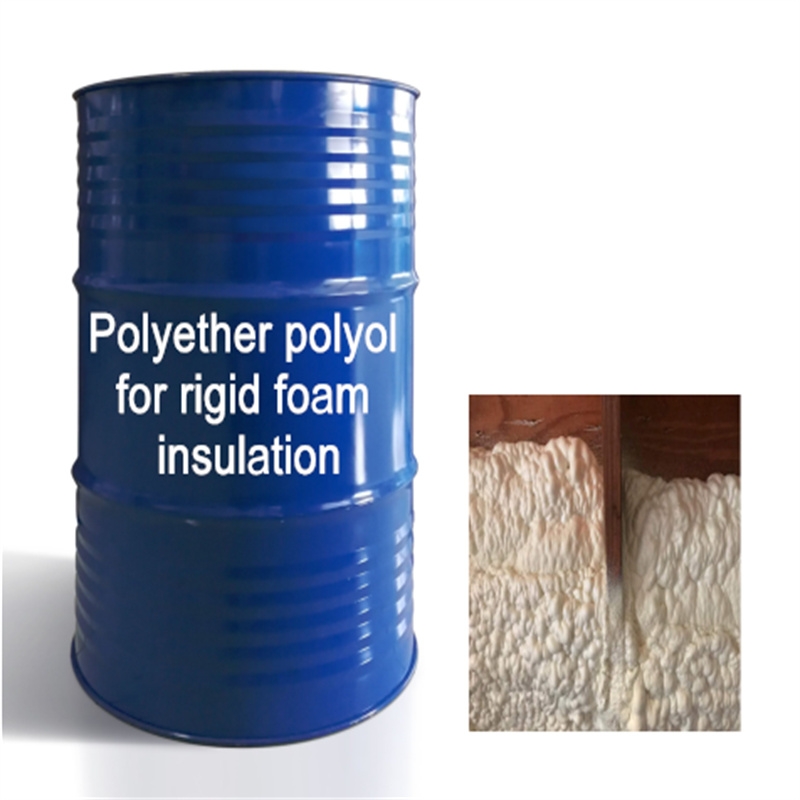-
Categories
-
Pharmaceutical Intermediates
-
Active Pharmaceutical Ingredients
-
Food Additives
- Industrial Coatings
- Agrochemicals
- Dyes and Pigments
- Surfactant
- Flavors and Fragrances
- Chemical Reagents
- Catalyst and Auxiliary
- Natural Products
- Inorganic Chemistry
-
Organic Chemistry
-
Biochemical Engineering
- Analytical Chemistry
- Cosmetic Ingredient
-
Pharmaceutical Intermediates
Promotion
ECHEMI Mall
Wholesale
Weekly Price
Exhibition
News
-
Trade Service
6.
2.
1.
1 Scope of application
It is suitable for lincomycin, oleandomycin, erythromycin, tilmicosin, tylosin, clindamycin, spiramycin, kitasamycin, and josamycin in beef, pork, lamb and chicken Liquid chromatography-tandem mass spectrometry determination of the residual amount of the element
.
The detection limit of the method is 1.
6.
2.
1.
2 Principle of the method
Poultry meat 9 macrolide antibiotics (lincomycin, oleandomycin , erythromycin , tilmicosin , tylosin , clindamycin , spiramycin, guitar and neomycin The residue of josamycin) was extracted with acetonitrile , the extract was concentrated with n-hexane to remove fat, and then dissolved with phosphate solution, purified by OasisHLB solid phase extraction column, eluted with methanol, and the eluate was concentrated to a constant volume.
Determination by liquid chromatography-tandem mass spectrometry
.
Quantification by internal standard method
6.
2.
1.
3 Reagents and materials
Methanol, acetonitrile, n-hexane: chromatographically pure; ammonium formate, disodium hydrogen phosphate , sodium hydroxide, sodium chloride: excellent grade pure
.
Sodium chloride solution: 2%
Phosphate buffer solution: 0.
1mol/L 6.
0g disodium hydrogen phosphate dissolved in 450mL water, adjust pH=8 with saturated sodium hydroxide solution, and dilute to 500mL with water
.
Prepare before use
Methanol+water solution (2+3, v/v): 400 mL methanol is mixed with 600 mL water
.
Prepare before use
Ammonium formate solution: 0.
1mmol/L
.
Dissolve 0.
Lincomycin, Elinomycin, Erythromycin, Tilmicosin, Tylosin, Clindamycin, Spiramycin, Kitasamycin, Josamycin and Roxithromycin Standard Substances: Purity ≥95%
.
Standard stock solution: 1.
0mg/mL
.
Accurately weigh 10.
Mixed standard stock solution: 10.
0μg/mL
.
Separately draw 0.
Mixed standard working solution: 1.
0μg/mL
.
Pipette 1.
0 mL of the mixed standard stock solution into a 10 mL volumetric flask, and dilute to the mark with methanol
.
Prepare before use
.
Internal standard stock solution: 1.
0mg/mL
.
Accurately weigh 10.
0mg roxithromycin in a 10mL volumetric flask, dissolve it with methanol to the mark, and mix
.
Store at 4°C
.
Intermediate concentration internal standard solution: 10.
0μg/mL
.
Pipette 0.
1mL internal standard stock solution into a 10mL volumetric flask, and dilute to the mark with methanol
.
Store at 4°C
.
Internal standard working solution: 1.
0μg/mL
.
Pipette 1.
0 mL of the intermediate concentration internal standard standard solution into a 10 mL volumetric flask, and dilute to the mark with methanol
.
Prepare before use
.
Matrix standard working solution: Pipette 1.
0μL, 2.
0μL, 5.
0L, 10.
0μL, 50.
0μL of mixed standard working solution, add 10.
0μL of internal standard working solution, dilute the volume to 1.
0mL with sample blank extract, and make 1.
0ng/ mL, 2.
0ng/mL, 5.
0ng/mL, 10.
0ng/mL, 50.
0ng/mL concentration series matrix standard working solution
.
Prepare before use
.
OasisHLB solid phase extraction column: 500mg, 6mL, or equivalent
.
Before use, activate with 10mL methanol, 10mL water, 5mL sodium chloride solution and 5mL phosphate buffer solution respectively, and keep the cylinder moist
.
Filter membrane: 0.
2um
.
6.
2.
1.
4 Instruments and equipment
Liquid chromatography-tandem mass spectrometer: equipped with electrospray ion source; balance: sensing volume 0.
01g, 0.
0001g; solid phase extraction device; nitrogen concentrator; stoppered polypropylene centrifuge tube: 50mL; centrifuge
.
6.
2.
1.
5 Sample pretreatment
(1) Sample preparation
Take out a representative sample of about 1 kg from all the samples, fully mash, mix, and divide them into two parts, and put them into clean containers
.
After being sealed, it is used as a sample and marked with a mark
.
During the operation of sampling and sample preparation, the samples should be prevented from being contaminated or from changing the content of residues
.
Store the sample at -18°C
.
(2) Extraction
Weigh 5g sample, accurate to 0.
01g, place it in a 50mL centrifuge tube, add 10.
0μL internal standard working solution and 15.
0mL acetonitrile, and shake vigorously on a shaker for 10 minutes
.
Centrifuge at 4200r/min for 5min, take the supernatant into another centrifuge tube, add 2.
0g sodium chloride and 10.
0mL n-hexane, and shake vigorously on a shaker for 10min
.
Centrifuge at 4200r/min for 10min, carefully pipette 12.
0mL of the middle acetonitrile layer into another centrifuge tube, and blow it to nearly dryness in a water bath at 55°C with a nitrogen concentrator
.
(3) Purification
Dissolve the remaining liquid with 7 mL of phosphate buffer solution twice, and make the sample liquid pass through the OasisHLB solid phase extraction column at a flow rate of less than 1.
0 mL/min
.
After all the sample liquid has flowed out, wash the column with 10 mL of water and 5 mL of methanol + aqueous solution, discard all the effluent, and drain the solid phase extraction column with a vacuum pump for 1 hour
.
Then use 10mL methanol to elute in a 15mL conical test tube, use a nitrogen concentrator to blow to near dryness in a 55℃ water bath, and accurately add 1.
0mL ammonium formate solution to dissolve the residue
.
Use negative samples to prepare blank sample extracts according to the above steps
.
After passing through the 0.
2um filter membrane, it is used for liquid chromatography-tandem mass spectrometer determination
.
Related Links: Determination of Macrolides and Lincosamide Residues-Immunoassay







